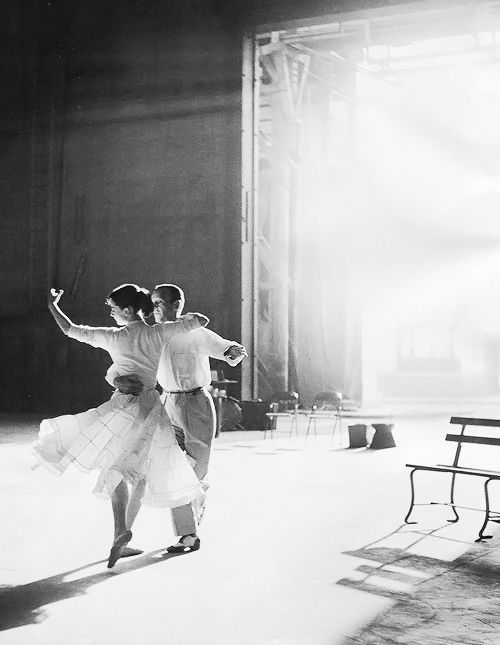
When Audrey Hepburn made it to the set of Roman Holiday (1953), her first major screen role, Gregory Peck told the studio to put her name above the title, alongside his own, because he knew she was going to be a star. Audiences were immediately taken by her, but for someone who made grace and charm seem effortless, there was a deeper, darker side.
Audrey was born Edda Hepburn-Ruston on May 4, 1929. Her mother was a baroness who gave up her title and wealth to marry Audrey’s father, who would soon leave them. Audrey and her mother lived in occupied Netherlands during WWII. Malnutrition affected Audrey, and her mother would sell cigarettes on the black market to make money for medication. Audrey even hid from Nazis in a bombed-out cellar, subsisting on tulip bulbs for days. Yet, through it all she studied dance and kept a spark of innocence alive.
In each of these films, Audrey’s joy is infectious. She can dance, sing, make you laugh or feel wistful. And she has some killer dresses.
Roman Holiday (1953)
Shot on location in Rome, Audrey Hepburn plays a mischievous visiting princess who only wants a day as a regular young woman, and reporter Gregory Peck plays along. That their innocent romance can never be is heart-wrenching.
Sabrina (1954)
Sabrina is the chauffeur’s daughter who falls in love with the boss’s younger son. Determined to keep a business deal afloat, the elder brother keeps them apart only to fall for her himself. Audrey’s Givenchy gown at the party scene is breathtaking.

Funny Face (1957)
Audrey is discovered by a fashion photographer and whisked away to Paris for a show, but she sneaks off to find her favorite philosopher. It is chock full of gorgeous Gershwin songs, dancing with Fred Astaire, and stunning gowns. And Audrey’s mother said this was the role most like her daughter.

My Fair Lady (1964)
Audrey was cast over Julie Andrews, who originated the role on Broadway. There are stories of drama on set and vengeful acts against Hepburn, but her stoicism shines through Eliza Doolittle’s transformation from street urchin to proper lady.
Charade (1963)
In what may be my favorite film of hers, Audrey navigates a hidden world of stolen money, concealed identities, greedy thieves and charms of Cary Grant. The dialogue is snappy and the two are an excellent screen pair.
Wait Until Dark (1967)
Audrey plays a blind woman who is mistakenly given an item containing drugs. Crooked men, including a very creepy Alan Arkin, try to get it back from her, without her knowing, by taking advantage of her blindness. The final scene is a masterpiece of lighting and timing.
Originally written for DVD Netflix
